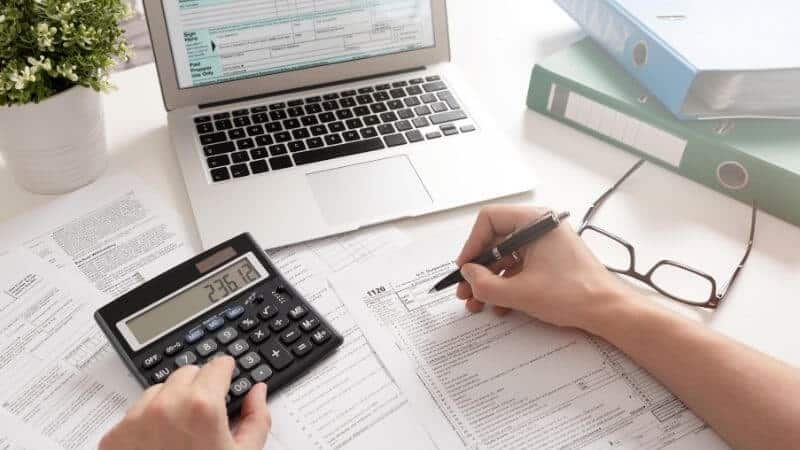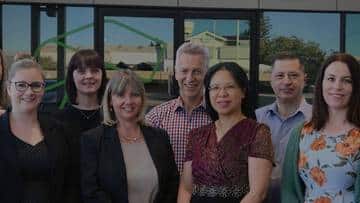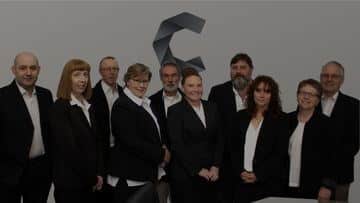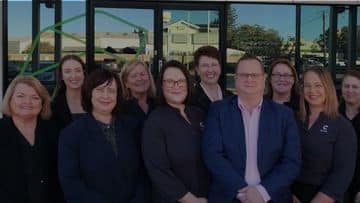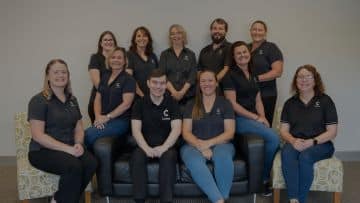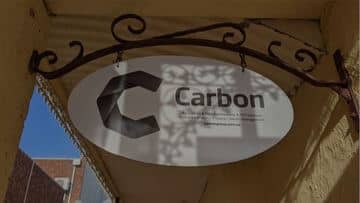It’s important to keep in mind that these are just a few of the things that business owners should be considering when preparing their business tax return. Our team of accountants have been keeping up to date on all the important changes so that they can give you the best possible advice. Reach out to us if you have any questions.
JobSeeker should be included in your business tax return.
JobSeeker is a taxable payment, so businesses need to ensure they include this income in their business tax return. For businesses who claimed for an Active Business Participant (someone related to the business who worked in the business), this amount is assessed at the business level – not necessarily at the level of the individual who was named.
Cash flow boost shouldn’t be included in your business tax return.
Cash flow boost isn’t a taxable payment, so make sure it’s not included in your business tax return. It’s considered income in your accounting software but is removed for tax purposes.
Impact of PAYG Instalments on your tax bill.
For those businesses on Pay As You Go Instalments (pre-payment of their tax), the Australian Taxation Office (ATO) varied a lot of the PAYGI to nil over the 2021 financial year to help with cash flow during COVID-19. Be mindful, as this may mean you end up with a larger tax bill as you may not have pre-paid tax for this financial year. In this particular area, tax planning becomes more important than ever.
Impact on small businesses from the new loss carry back offset scheme.
For businesses that operate through an eligible company, the government introduced the loss carry back tax offset. This provides a refundable tax offset that eligible corporate entities can claim after the end of their 2020/21 and 2021/22 income years in their 2020/21 and 2021/22 company tax returns.
Eligible entities get the offset by choosing to carry back losses to earlier years in which were income tax liabilities. This means the offset effectively represents the tax the eligible entity would save if it was able to deduct the loss in the earlier year using the loss year tax rate.
There is criteria that needs to be met, including having up-to-date lodgments, a franking accounting surplus and only claiming tax losses back once.
This offset is only available for entities who operate through companies, which means Trusts, Partnerships and Sole Traders cannot use this offset.
Consider whether the instant asset write-off will make a difference worthy of the investment.
Instant asset write-offs allow businesses to claim an immediate deduction for the business portion of the cost of an asset in the year the asset is first used or installed for use. There has been a lot of interest from business owners around the instant asset write-off this year, but it’s important that you do your research and talk with your tax accountant before you make a purchase to ensure if this option is right for you.
In theory, the instant asset write-off is great but don’t spend money just to save tax because you won’t be saving a dollar in tax for every dollar you spend. Businesses will only save 26 cents in tax for every dollar you spend, so you are still 74 cents out of pocket. So, invest in assets and bring forward their expense if you need the items, but don’t just spend to save tax.
Tax planning will enable you and your tax accountant to look closely at whether purchasing assets before 30 June will make a difference worthy of investing the money.
Our advice for business owners leading up to tax time.
We strongly recommend business owners get advice before 30 June. This is a financial year like no other, and many businesses may be caught out. After 30 June, your tax advisors won’t be able to do anything to help minimise tax, so get that advice before the financial year finishes.

